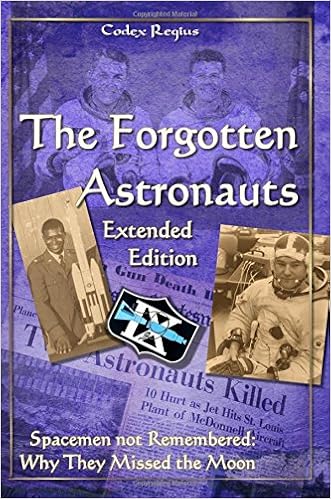Wer noch ein
Weihnachtsgeschenk für einen Hobbyastronomen sucht: Das 4. Buch aus
unserer Serie ist heute online gegangen. Am kommenden Montag und
Dienstag könnt ihr die Kindle-Version sogar gratis herunterladen. Die
großformatige 4-Farb-Druckausgabe wird voraussichtlich im Lauf des
Wochenendes bestellbar.
Weihnachtsgeschenk für einen Hobbyastronomen sucht: Das 4. Buch aus
unserer Serie ist heute online gegangen. Am kommenden Montag und
Dienstag könnt ihr die Kindle-Version sogar gratis herunterladen. Die
großformatige 4-Farb-Druckausgabe wird voraussichtlich im Lauf des
Wochenendes bestellbar.
Klappentext:
"Den Voyager-Sonden erschien Enceladus wie ein frischer glatter Schneeball.
Erst die
Cassini bemerkte, wie außergewöhnlich dieser kleine Saturnmond ist,
dessen Klüfte Geysire in den Himmel spucken, als sei er das Island des
Weltraums.
Cassini bemerkte, wie außergewöhnlich dieser kleine Saturnmond ist,
dessen Klüfte Geysire in den Himmel spucken, als sei er das Island des
Weltraums.
Inzwischen
ist die Cassini in den Saturn gestürzt worden, doch was sie beobachtete,
ist noch lange nicht verstanden. Woher kommt die Wärme, von der die
Geysire des Enceladus ihre Energie beziehen? Woher die organischen
Substanzen darin? Kann es in seinem Innern sogar Leben geben?
ist die Cassini in den Saturn gestürzt worden, doch was sie beobachtete,
ist noch lange nicht verstanden. Woher kommt die Wärme, von der die
Geysire des Enceladus ihre Energie beziehen? Woher die organischen
Substanzen darin? Kann es in seinem Innern sogar Leben geben?
In diesem Buch werden die außergewöhnlichen Beobachtungen der Cassini erstmals gesammelt vorgestellt."






































